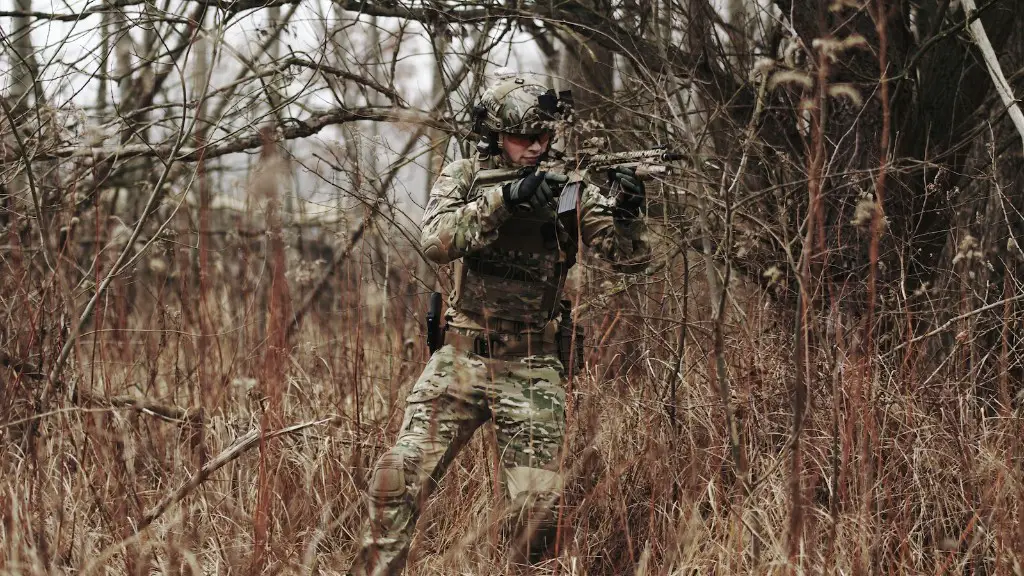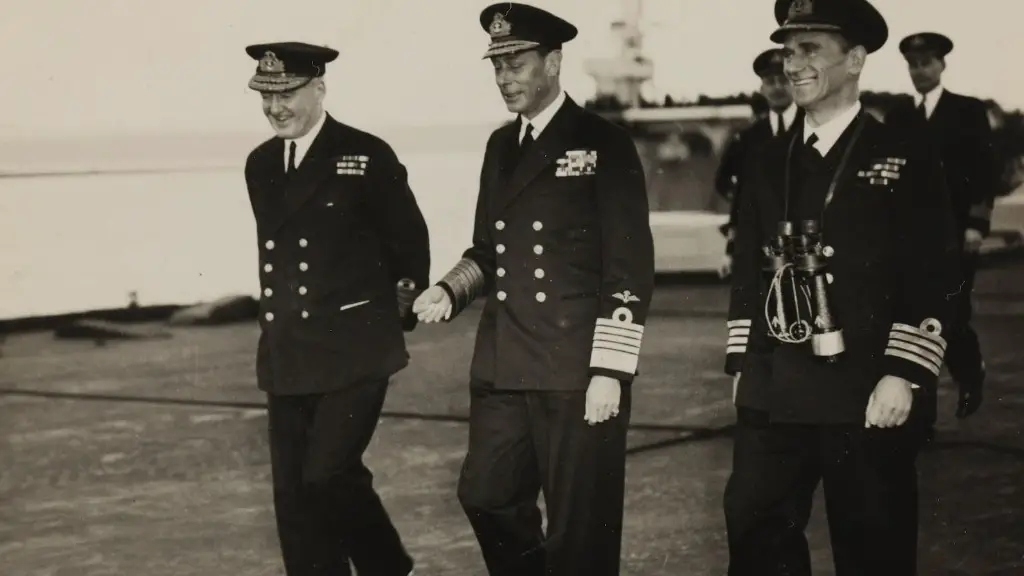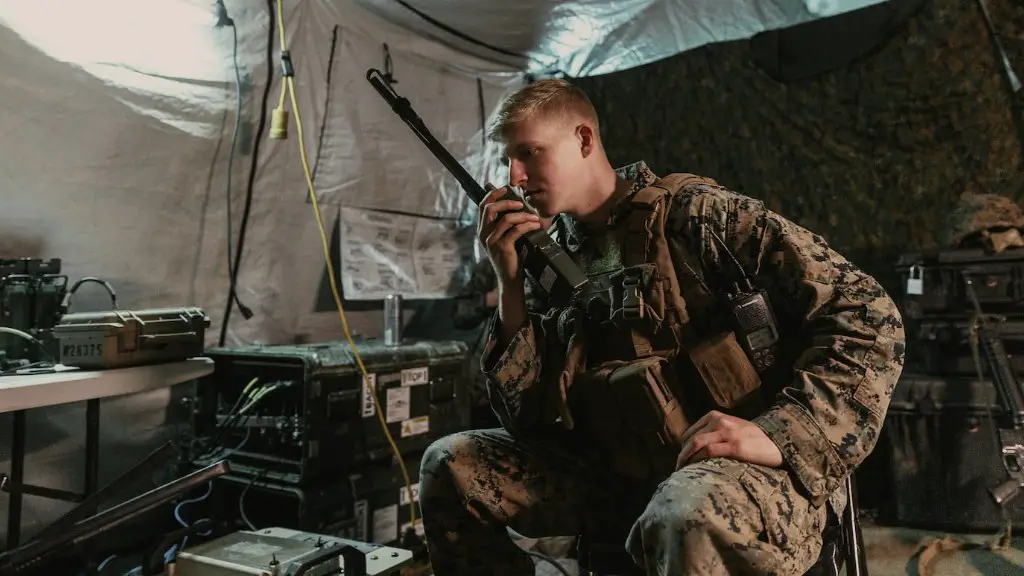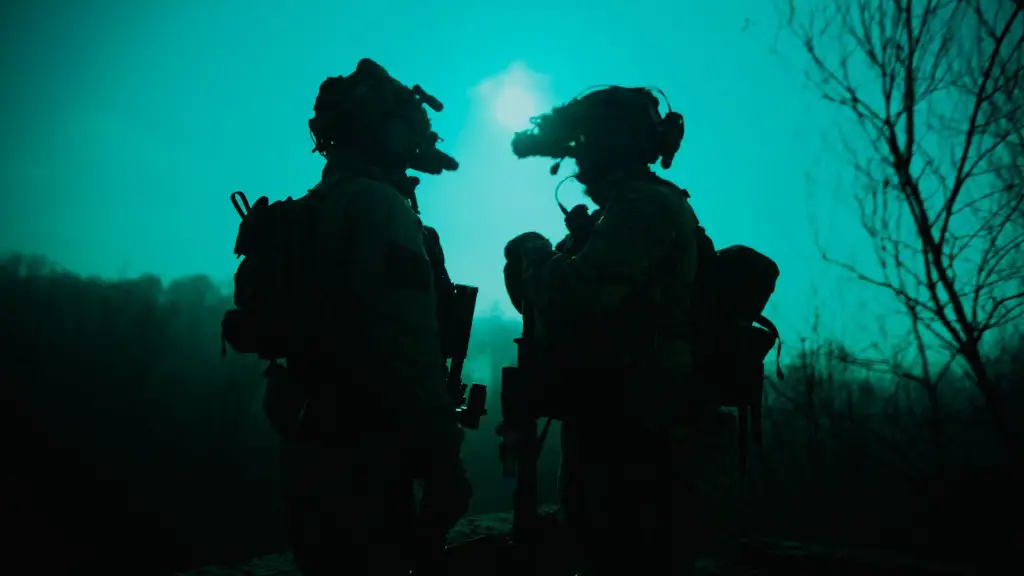The Chinese army – People’s Liberation Army (PLA), is one of the largest military forces in the world and a point of pride for the top army in the world. The structure and size of the PLA has changed and evolved over the years as it prepares to become a leading global power in the years ahead. So, How Big Is The Chinese Army 2022?
The Chinese military has seen remarkable growth in the last few decades, with annual increases in its budget, new technological advancement, improved training, and restructuring of the military. This has all contributed to the growth and modernization of the People’s Liberation Army. According to one estimate, the Chinese military is expected to reach roughly 1.97 million active personnel by 2022.
The Chinese military has implemented a number of initiatives to expand its military capabilities. It has also increased its investment in research and development, which is reflected in the new weapons and equipment that it has developed over the years. China has also invested in its military infrastructure, including the construction of new bases and the expansion of existing ones. Furthermore, the Chinese military has also engaged in a number of joint military exercises with other countries to better prepare itself for battle and to bolster international relations.
The Chinese government is also investing heavily in its naval capabilities. By 2022, the Chinese navy is expected to be more powerful and competent than ever before. The Chinese government is investing in a program that will expand its fleet of aircraft carriers, destroyers, and submarines, as well as increase its ability to detect and respond to threats around the world. China is also expanding its missile capabilities and has been working on a variety of intercontinental ballistic missiles.
China is also investing in cyberwarfare capabilities. These capabilities are seen as a way to protect the country from any potential cyber-attack or espionage. China is also investing heavily in intelligence, surveillance, and reconnaissance capabilities that are designed to give the country’s military a strategic advantage in any potential conflict. These capabilities include the use of satellites, drones, and other technologies.
China is also investing heavily in its space capabilities. In recent years, China has become one of the leading space powers in the world. It has launched a number of satellites, including satellites used for communications and surveillance. China is also working on anti-satellite capabilities and plans to have an operational orbiting space station by 2022.
It is clear that the Chinese military is growing and continuing to modernize. By 2022, the People’s Liberation Army is expected to have an estimated 1.97 million active personnel, a strong and advanced navy, a variety of offensive and defensive capabilities, and a robust cyber defense capability. The Chinese military is prepared to become a global power in the years ahead and is sure to remain one of the most powerful militaries in the world.
Structure of Leadership
The Chinese military is led by a central command headed by the Central Military Commission (CMC). This committee is made up of civilian party leaders and military leaders who serve as the highest-level decision makers in the military structure. The Ministry of National Defense is also headed by the CMC and is responsible for all operational matters of the military.
The PLA is divided into seven “military regions,” which include regions where there is a concentration of military units, weapons, and troops. The military regions are the Eastern, Southern, Central, Western, and Northern Regions, plus the Northeastern and Northwestern Regions. Each is headed by a regional commander and a regional political commissar.
China’s military also includes its own army, navy, air force and missile force. Additionally, it includes the People’s Liberation Army Reserve and Retired Personnel Reserve, and the People’s Armed Police. The latter is a paramilitary force that is responsible for law enforcement, border defense, and maritime patrol.
Effect of Foreign Policy
The Chinese military and its foreign policy have been closely intertwined over the years and continue to influence each other. China’s military presence has been felt in many parts of the world, such as the South China Sea and the Taiwan Strait. The Chinese military has also been involved in UN peacekeeping operations and has been involved in response to natural disasters around the world.
China’s military capabilities and foreign policy have both had an effect on the country’s international standing. The Chinese military has played a major role in defending Chinese interests and ensuring that China is seen as a strong global power. China’s military and foreign policy have also helped the country become an increasingly influential player in the global economy.
Impact of Technology
The Chinese military has drawn on the latest technology to better equip its forces and give them an edge in combat. In recent years, the Chinese military has invested heavily in the development of modern weapons and equipment. Additionally, the Chinese military has made use of artificial intelligence, advanced satellite technology, and unmanned aerial vehicles, to bolster its capabilities.
The Chinese military also relies on high-tech information technology to receive, analyze, and share data on battlefield operations. The military is heavily reliant on the use of the Internet for communication, planning operations, and assessing the battlefield. This includes high-tech communications networks, such as satellites, and advanced data analysis software.
Budget Expenditure
The Chinese military’s budget is rapidly expanding each year. It is estimated that the Chinese military’s annual budget for 2022 will be approximately $175 billion. A large portion of the budget is devoted to the country’s modernization efforts, such as the development of new weapons, increased spending on research and development, and improved training of personnel.
The budget also includes spending on other items such as infrastructure, military personnel, and social welfare benefits. Additionally, the Chinese government is investing heavily in the development of military weaponry, such as long-range ballistic missiles, which can be used to strike targets anywhere in the world.
Military Education & Training
The Chinese military is renowned for its strict training and education. The military provides comprehensive and intensive training for its personnel that includes physical, mental, and tactical training. This training is conducted in a variety of settings, from traditional military establishments to dedicated research and development facilities. With its bolstered training program, the Chinese military is better prepared to tackle both traditional and new military threats.
In addition to the physical and tactical training, personnel are also taught about China’s military and foreign policy, along with other topics such as economics, international law, and philosophy. These courses allow personnel to have a better understanding of both the military and the country they serve.
Impact on Global Politics
The Chinese military’s rapid expansion and modernization has had a direct impact on global politics. The presence of the Chinese military around the world has enhanced the country’s influence in the international arena. This influence is seen in the way China handles regional disputes and its international relations with other nations. Additionally, the Chinese military’s power and capabilities can be a deterrent to potential adversaries.
Moreover, the Chinese military’s capabilities have had an impact in other arenas, such as the cyber world. The Chinese military is known for its advanced cyber capabilities and its ability to conduct cyber espionage and sabotage. Additionally, the Chinese military has also been active in emerging technologies, such as artificial intelligence and quantum computing, to further its strategic objectives.





